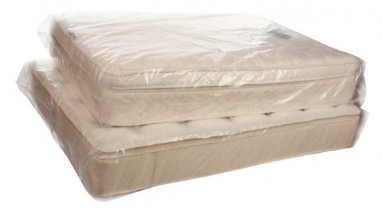"The fortress-mansion has high walls built of ashblack-brown volcanic stone, the same stone cut into large bricks for the heavy, fortified-hacienda-style architecture inside, which included a massive watchtower with arched windows, topped by a crenellated mirador. To provide access during the fortress's construction, El Indio had to carve out a new side street, which he named Dulce Olivia after the actress Olivia de Havilland, whom he had some kind of thing for. Three seemingly separate residences—did secret corridors or sliding bookcases connect them?—faced the main courtyard, which had a dry fountain in the middle. A broad stone staircase led back into the rest of the mansion, always permeated by the chill of cold stone, and filled with staircases and corridors and rooms and galleries and halls that had once held huge parties attended by Marilyn Monroe and other stars but that no longer seemed to serve any purpose. The whole place had the abandoned air of the ruined presidential palace where Gabriel García Márquez's ancient monstrous dictator lives out his last days in Autumn of the Patriarch, stray cows chewing on the velvet curtains. The mansion-fort was a mess. There was always dog shit in those long empty corridors, at least that's how I remember it. Our room was just off that main staircase. Formerly a guest room,” Adela told us when she showed us in. On its walls were colorful murals of wasp-waisted, long-legged nude woman bullfighters with luscious, pointy breasts, painted by a friend of El Indio, Alberto Vargas, who was famous for his illustrations of pinup “Vargas girls”

